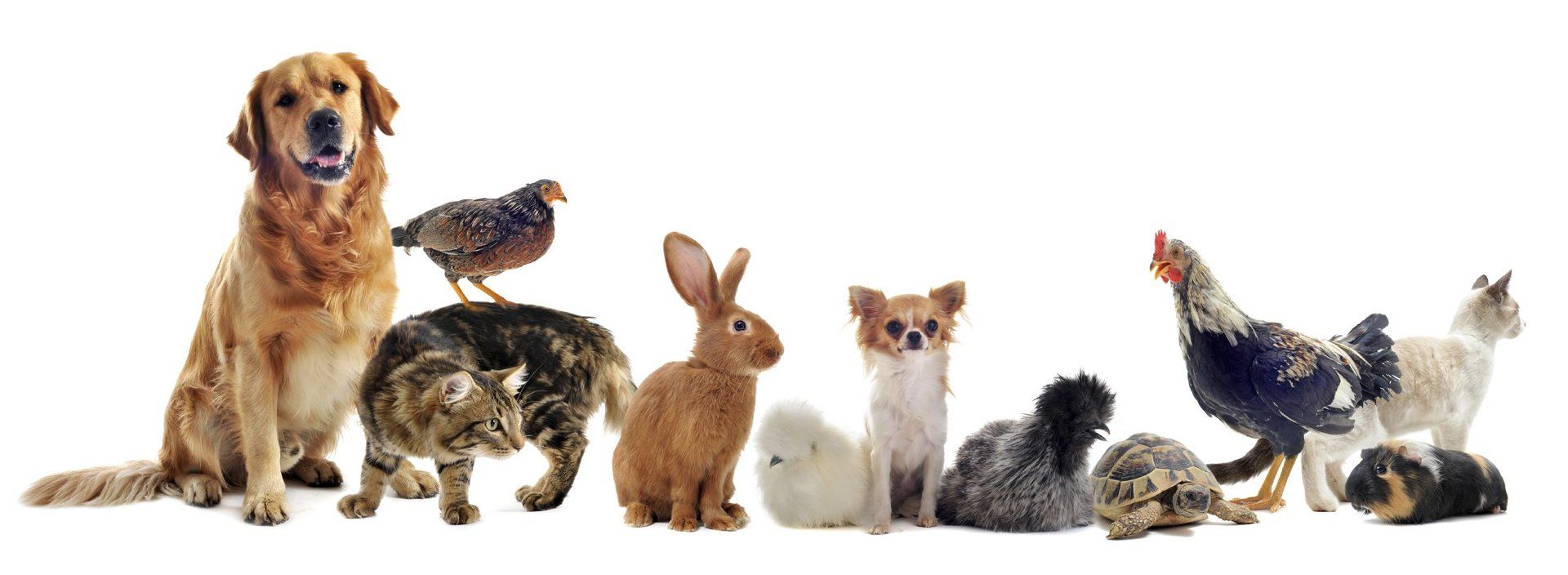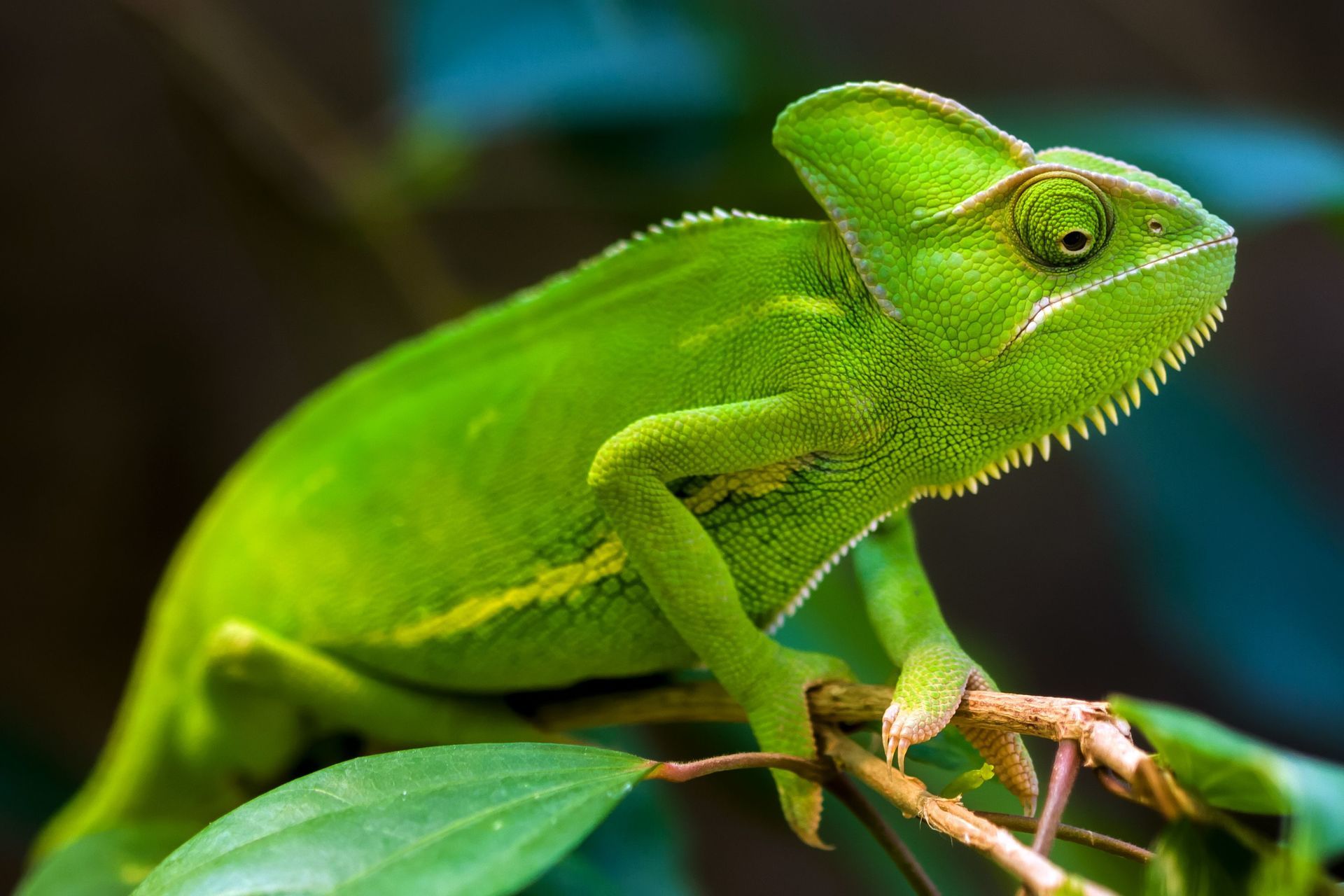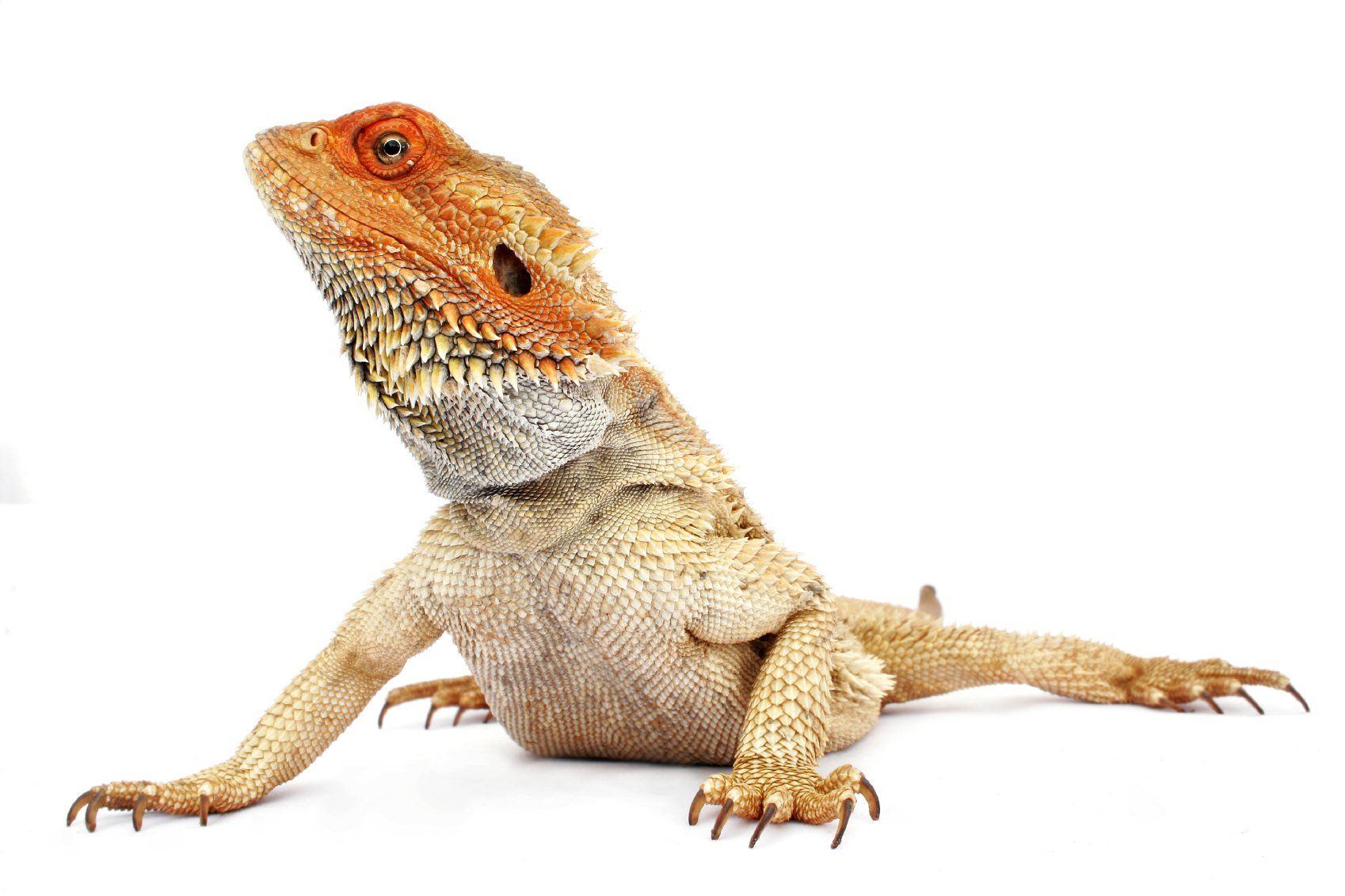Reptile clinics are run by Simon Shore
LUMPS AND BUMPS
'Lumps' occur in reptiles for all the same sorts of reasons that they occur in other animals. They can be investigated by the usual processes of ultrasound, radiography and fine needle aspiration.
ABSCESSES
Abscesses are relatively common in reptiles and frequently cause slowly developing swellings in a variety of locations. As with abscesses in other species, they need to be opened and drained for effective treatment. Reptiles lack the inflammatory machinery to liquefy pus so that reptile abscesses are usually full of a dry inspissated material.
Evacuation of the abscess entails a sufficient incision and then "scooping out" the pus from the cavity. An instrument such as a Volkmann spoon is very useful for this sort of procedure. It is frequently best carried out under sedation.
Sublingual abscess in a common boa. Note the parting of the scales over the swelling and green discolouration in the skin.
The aim should be to get the abscess to "shell out" in a single piece- this offers the best hope of resolution. The abscess cavity can then be irrigated with a 10% betadine solution. Large cavities can be covered with moist dressings as for burns.
Abscess in the middle ear of a Mediterranean tortoise. This is a common site for abscess in tortoises
Abscess is incised on the posterior aspect of the tympanic membrane and the abscess
cleaned out to leave a clean middle ear cavity.
CYSTS
The swelling on the head of this emerald boa proved to be a fluid cyst that was treated by aspiration.
TUMOURS
As with other animals, tumours are common especially in older animals.
The following slides show the surgical removal of a renal tumour from a king snake.
An ultrasound scan of the above lump; a distict mass of mixed echogenicity evident.
EGGS
Eggs are easily palpable in lizards and snakes- see notes on reproductive problems.
FAT
Fat is internally stored in fat pads in many lizards including the common bearded dragon. They lie symmetrically within the coelom laterally and are readily palpable in normal and overweight animals.
FOREIGN BODIES
Intestinal foreign bodies can be ingested especially if innapropriate substrate is used or incorrect feeding.
STONES
Due to their method of nitrogen excretion, reptiles are prone to developing large solid deposits of urates in their bladders. The slide below shows a large urate stone being removed from a green iguana during surgery.
LUMPS AND BUMPS
'Lumps' occur in reptiles for all the same sorts of reasons that they occur in other animals. They can be investigated by the usual processes of ultrasound, radiography and fine needle aspiration.
ABSCESSES
Abscesses are relatively common in reptiles and frequently cause slowly developing swellings in a variety of locations. As with abscesses in other species, they need to be opened and drained for effective treatment. Reptiles lack the inflammatory machinery to liquefy pus so that reptile abscesses are usually full of a dry inspissated material.
Evacuation of the abscess entails a sufficient incision and then "scooping out" the pus from the cavity. An instrument such as a Volkmann spoon is very useful for this sort of procedure. It is frequently best carried out under sedation.
Sublingual abscess in a common boa. Note the parting of the scales over the swelling and green discolouration in the skin.
The aim should be to get the abscess to "shell out" in a single piece- this offers the best hope of resolution. The abscess cavity can then be irrigated with a 10% betadine solution. Large cavities can be covered with moist dressings as for burns.
Abscess in the middle ear of a Mediterranean tortoise. This is a common site for abscess in tortoises
Abscess is incised on the posterior aspect of the tympanic membrane and the abscess
cleaned out to leave a clean middle ear cavity.
CYSTS
The swelling on the head of this emerald boa proved to be a fluid cyst that was treated by aspiration.
TUMOURS
As with other animals, tumours are common especially in older animals.
The following slides show the surgical removal of a renal tumour from a king snake.
An ultrasound scan of the above lump; a distict mass of mixed echogenicity evident.
EGGS
Eggs are easily palpable in lizards and snakes- see notes on reproductive problems.
FAT
Fat is internally stored in fat pads in many lizards including the common bearded dragon. They lie symmetrically within the coelom laterally and are readily palpable in normal and overweight animals.
FOREIGN BODIES
Intestinal foreign bodies can be ingested especially if innapropriate substrate is used or incorrect feeding.
STONES
Due to their method of nitrogen excretion, reptiles are prone to developing large solid deposits of urates in their bladders. The slide below shows a large urate stone being removed from a green iguana during surgery.


